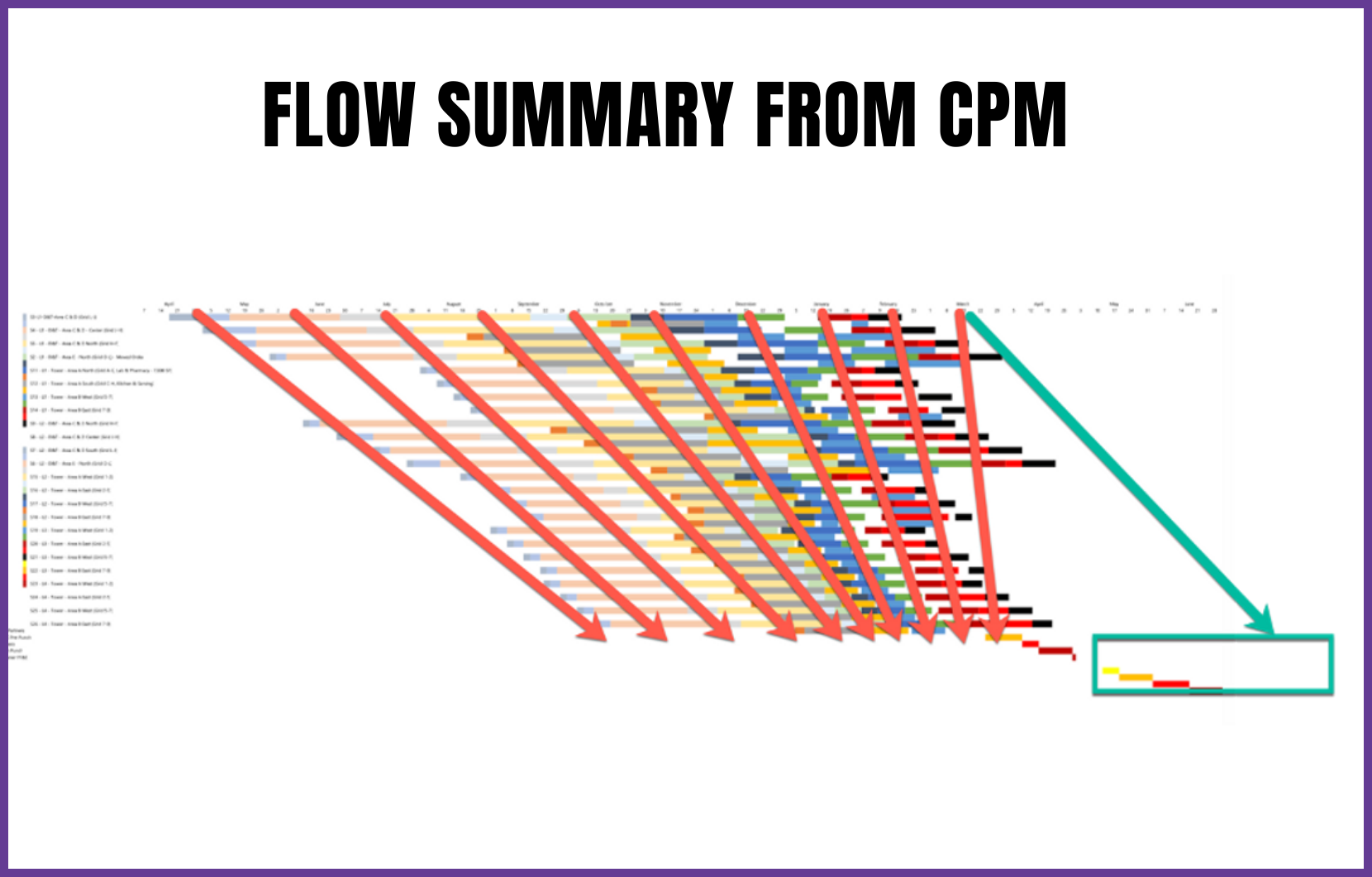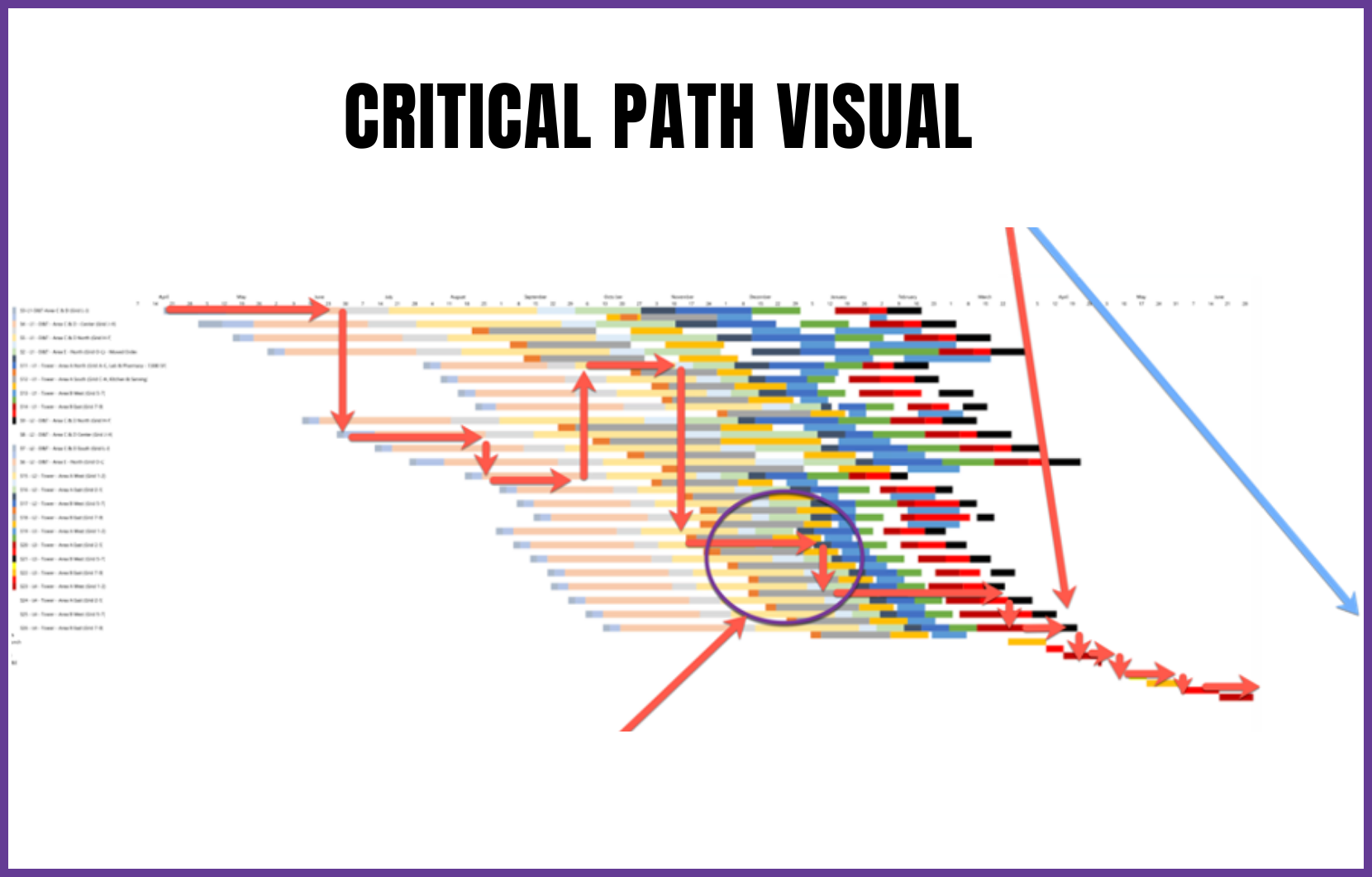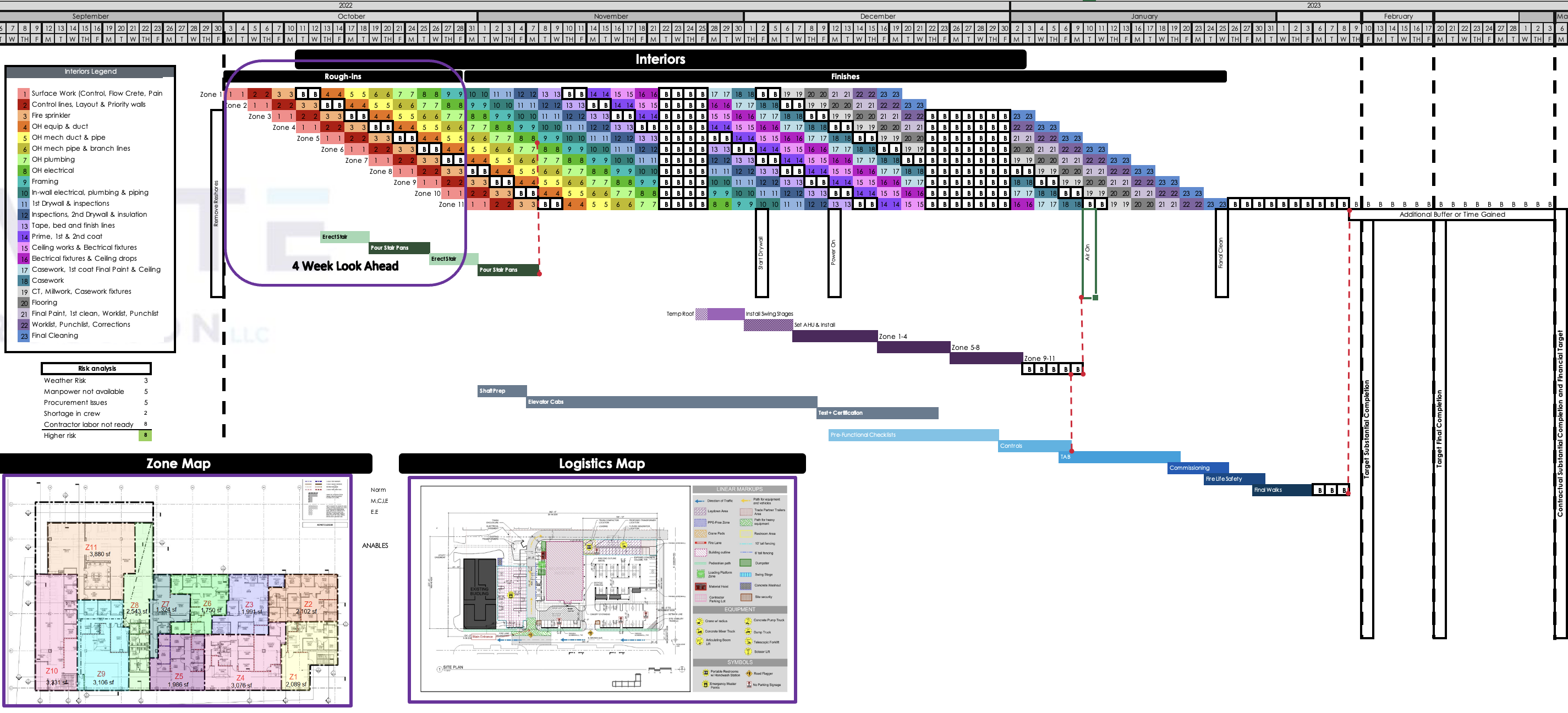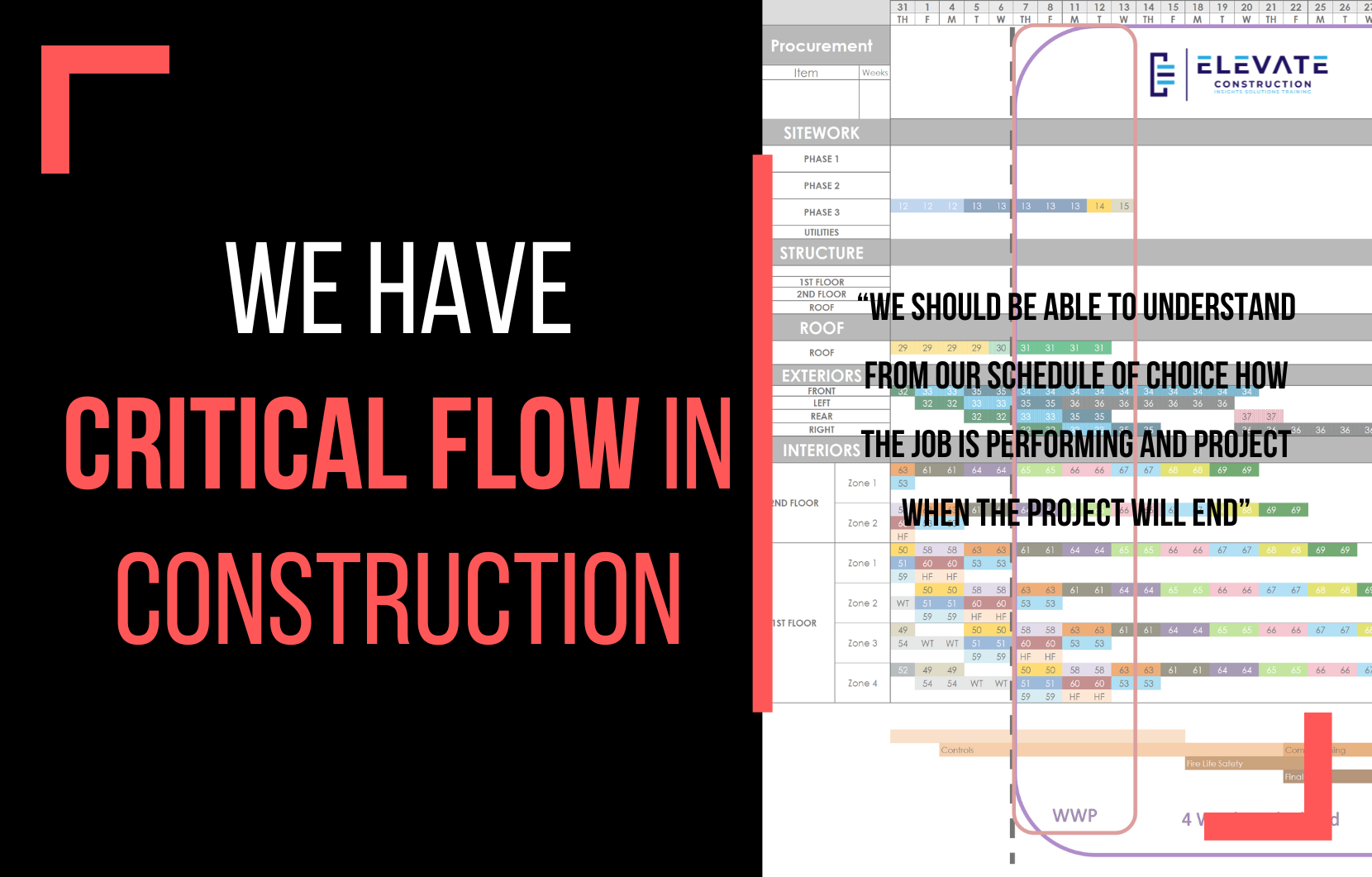Since the 1960s construction has been contractually bound by one management system known as the Critical Path Method or CPM. Our current loss of productivity and trend of failed or crash landed projects in the construction industry is a direct reflection of how this system and other standards are performing.
Less than 30% of projects using CPM finish on time at an average project variance of 53 days behind substantial completion. This is arguably one of the root causes of a decrease in incoming labor into the industry and statistics showing we have the highest levels of alcoholism, stress, divorce, and suicide in construction as comparison to other industries.

If these results in construction are even in small part due to the scheduling system and process, we should be looking into any way to change our approach, including examining if how it works is providing the benefits we need.
The focus on how long something can slide until it is a problem (float) and the hyper-focus on one singular path that defines the end date (Critical Path) are the main tools used in the industry. This focus is misdirected and damaging our ability to complete projects on time and protect the very people we rub shoulders with.

We should be able to understand from our schedule of choice how the job is performing and project when the project will end. So what indicators show this? Float or something else? When you look at the chart below, you can see the stacking of colors (trades and scopes). This clearly shows us that we are starting with decent trade flow, but near the middle of the schedule, we lose that flow, and it begins to stack vertically. The green arrow shows where the date of the project will likely end based on the available resources. One thing you will notice is that the first red arrow on the left of the chart and the green arrow at the end are at the same angle or rate of production, meaning that when we find the flow for the phase of work or project, we can project when it will finish.
Flow Summary from CPM Schedule showing trade stacking:

Take the chart below for instance, which is the same as the one above; it shows what the critical path might be, bouncing around through the project’s web of relationships and ties between the activities. Yet, as seen from the colored bars on the chart, the scopes of work are stacked at the end and there is an inevitable “Crash Landing” for this project if things do not change. The blue arrow is where the project will end if this plan is not changed. So, the critical path analysis did not help us to see the project health or project an accurate end date. The worst part is that we won’t realize this until we are experiencing the consequences of the trade stacking. We won’t see it because the CPM critical path tells the team everything is okay until activities start to drift and it becomes too late.
Critical Path Visual:

At the very end of the project things stack up and it becomes a mad dash to finish on time. Have you ever been on a project where the end feels like a triathlon, and you end up working 14hr days and Saturdays to try and keep the end date? This is what we call a Crash Landing, and sadly, it is the norm right now in our industry.

Takt works so well in construction because its format shows us trade flow or the lack of it. Showing this allows us to better project the end date of our construction project, giving us the sufficient time to build and correct deviations. An understanding of how trades and resources flow through the job is what brings the high accuracy to a construction schedule-this is done in only in Takt.
We will leave you with one final thought on this. When we are able to keep crews and trades flowing through the project, both the Trade Partner and the General Contractor achieve their goals. Which means this is where we should focus because, in construction, we do not have a critical path, we have a critical flow!
Proper Schedule with Trade Flow:

If you want to learn more we have:
-Takt Virtual Training: (Click here)
-Check out our Youtube channel for more info: (Click here)
-Listen to the Elevate Construction podcast: (Click here)
-Check out our training programs and certifications: (Click here)
–The Takt Book: (Click here)
Discover Jason’s Expertise:
Meet Jason Schroeder, the driving force behind Elevate Construction IST. As the company’s owner and principal consultant, he’s dedicated to taking construction to new heights. With a wealth of industry experience, he’s crafted the Field Engineer Boot Camp and Superintendent Boot Camp – intensive training programs engineered to cultivate top-tier leaders capable of steering their teams towards success. Jason’s vision? To expand his training initiatives across the nation, empowering construction firms to soar to unprecedented levels of excellence.
On we go!

